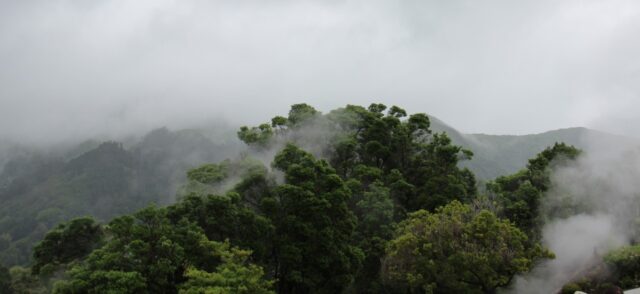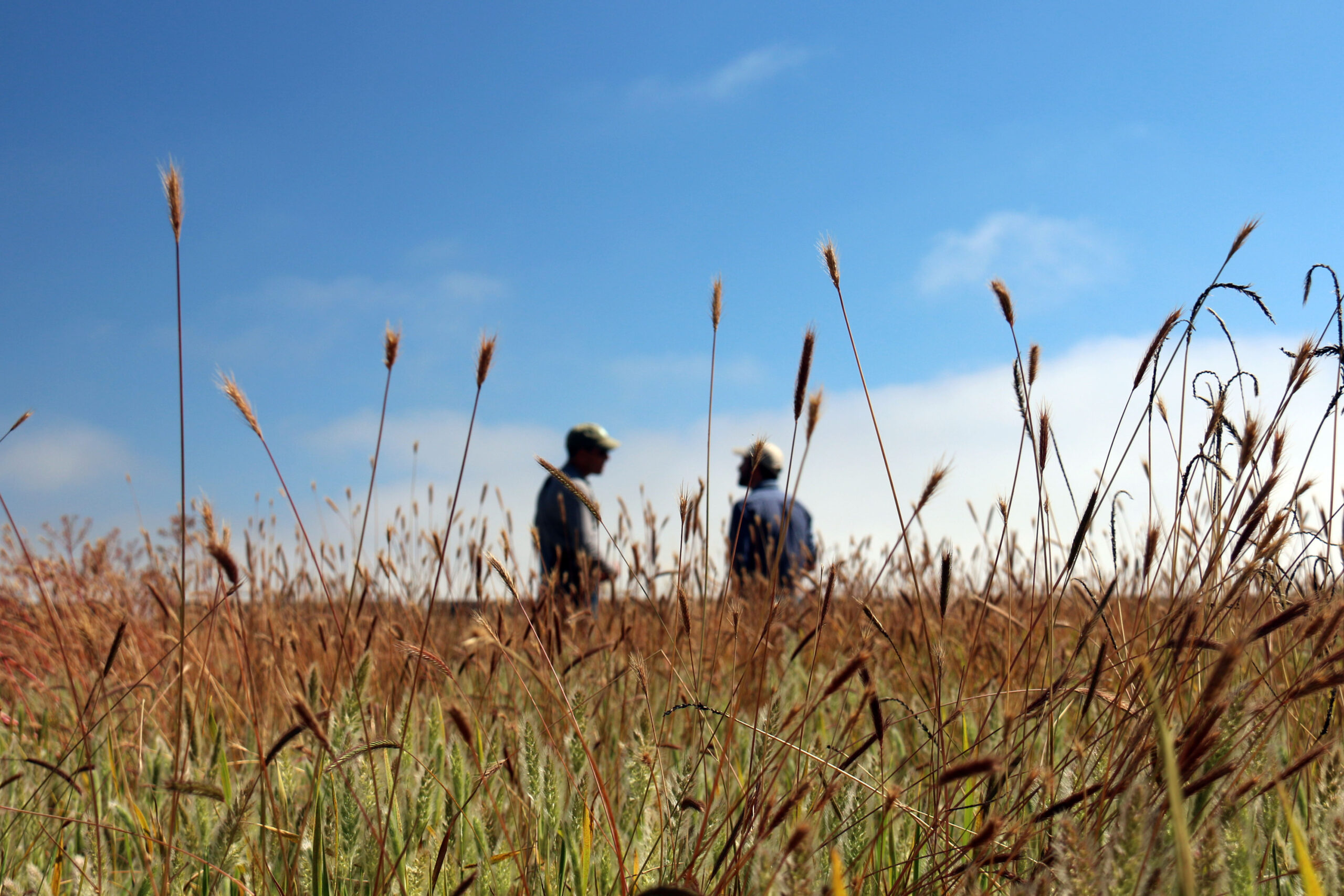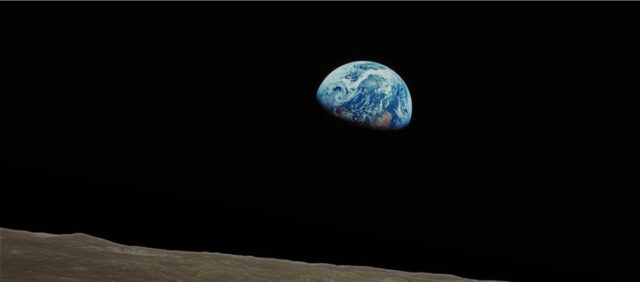A groundbreaking new report from the EAT-Lancet Commission, with contributions from the Potsdam Institute for Climate Impact Research (PIK), reveals that our global food systems are not only fueling climate change, but also pushing Earth beyond its safe limits. The report introduces the Planetary Health Diet, a science-backed way of eating that could save up to 15 million lives each year and cut food-related emissions by more than half.

Food production is now the leading cause of breaching five of the nine planetary boundaries, the environmental thresholds that keep our planet stable, able to absorb impacts, and is responsible for about 30% of global greenhouse gas emissions. At the same time, billions of people still lack access to healthy diets. The Commission’s 2025 report offers the most comprehensive scientific analysis of food systems to date, and its message is clear: we must transform what we eat, how we grow it, and who has access to it.
The Planetary Health Diet emphasizes more fruits, vegetables, legumes, nuts, and whole grains, while reducing excess meat, dairy, sugar, and ultra-processed foods. Shockingly, fewer than 1% of people live in countries where food needs are met without breaching planetary boundaries. The wealthiest 30% drive over 70% of food-related environmental impacts, while many food workers earn below a living wage. The Commission estimates that food systems impose $15 trillion in hidden costs annually, but transforming them could yield $5 trillion in returns, with relatively modest investments. The path forward includes smart policies like subsidies for healthy foods, taxes on harmful ones, and strong social protections to ensure fairness. As Johan Rockström, Co-Chair of the Commission, puts it: “What we put on our plates can save millions of lives, cut billions of tonnes of emissions, halt the loss of biodiversity, and create a fairer food system.”
A video explaining the key findings is found here: https://www.youtube.com/watch?v=AFVLgMmR-HM
Weblink to the article: https://www.thelancet.com/journals/lancet/article/PIIS0140-6736(25)01201-2/abstract




